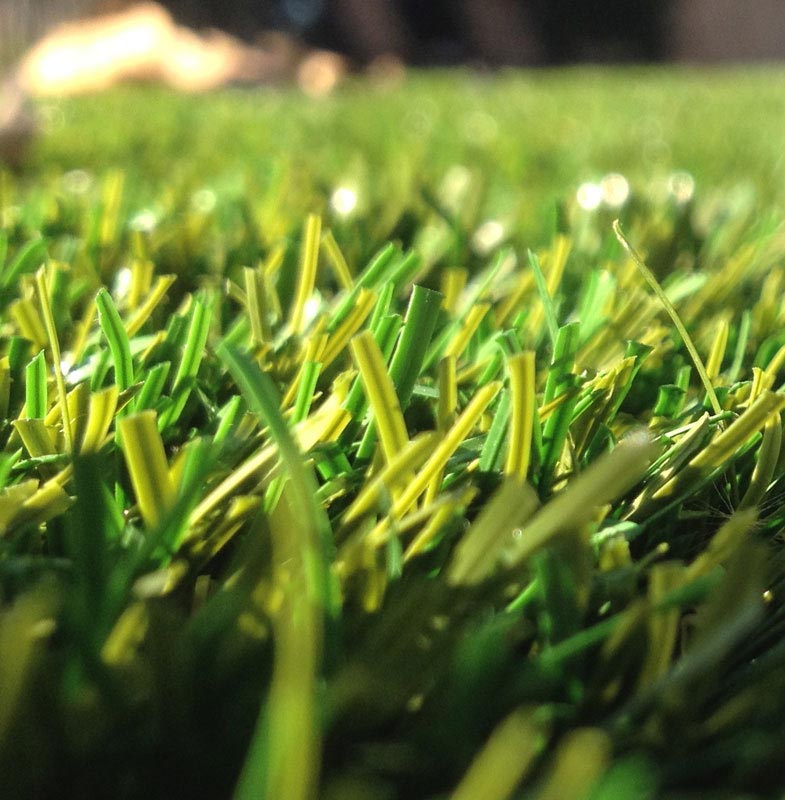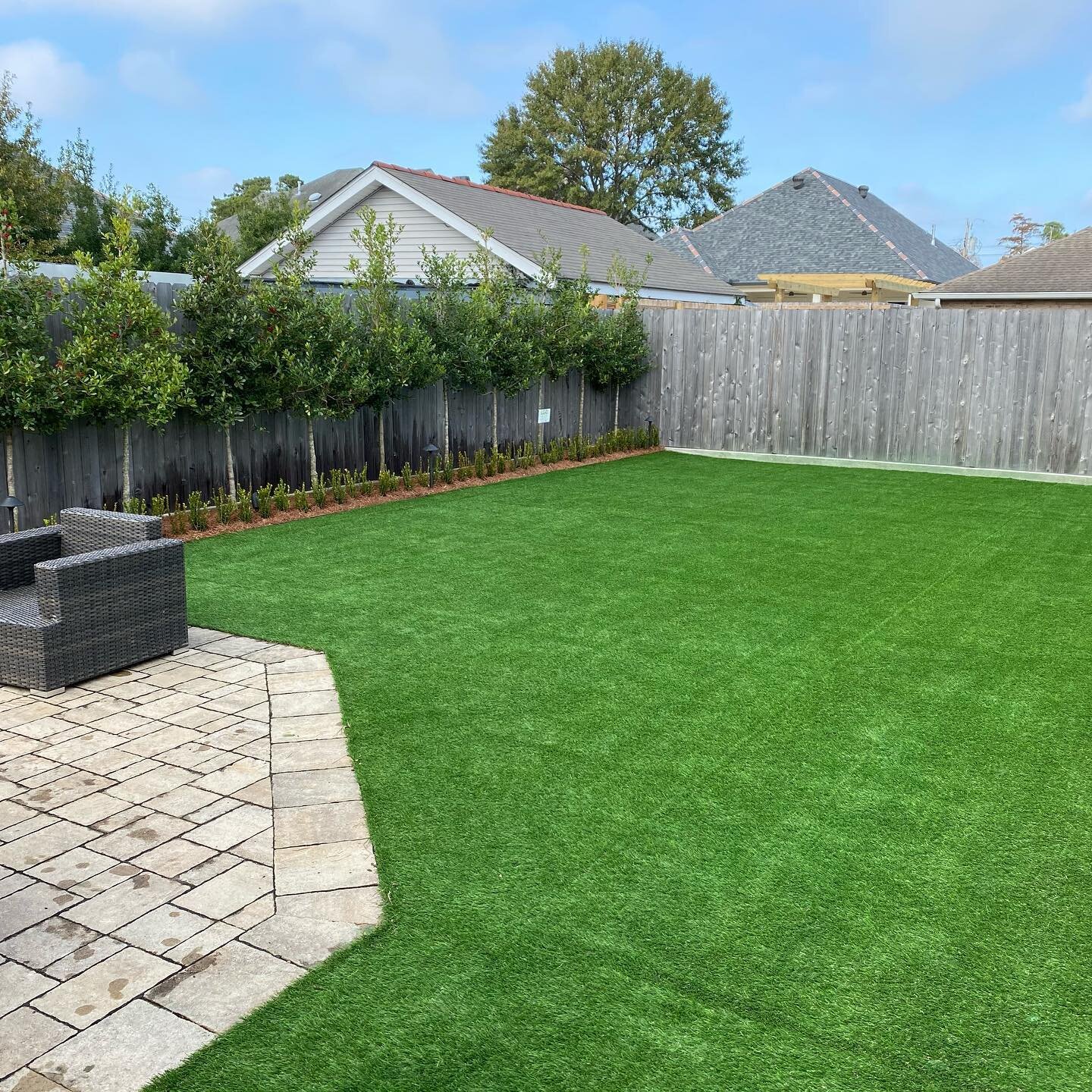Top-Rated Phoenix Turf Companies Specializing in Synthetic Grass Options
Top-Rated Phoenix Turf Companies Specializing in Synthetic Grass Options
Blog Article
Delve Into the Environmental Perks of Opting for Artificial Grass Solutions
The adoption of synthetic grass solutions provides a compelling opportunity to deal with pressing environmental challenges. By dramatically minimizing water usage and decreasing the application of harmful chemicals, these options not only advertise lasting landscaping yet additionally safeguard neighborhood ecosystems. In addition, the reduced carbon impact linked with reduced upkeep activities contributes to a much more sustainable technique to land administration. Nevertheless, the ramifications of these advantages expand past mere conservation initiatives, questioning concerning their long-lasting effect on environment conservation and general environmental equilibrium. Discovering these dimensions exposes a complicated interaction worth thinking about.
Water Conservation Benefits
One of one of the most substantial advantages of man-made grass is its capability to preserve water. Typical lawn lawns require substantial watering, specifically in locations vulnerable to drought or water restrictions. On the other hand, synthetic grass does not require watering, considerably lowering the general need for water sources. This function is particularly valuable in deserts where water deficiency is a pushing worry.
By removing the need for regular watering, fabricated turf contributes to sustainable landscape practices and aids alleviate the environmental impact of excessive water usage. The conservation of water prolongs to the decrease of runoff, which can lead to soil erosion and river contamination.
In addition, the setup of artificial grass enables property owners and towns to allot water sources extra effectively, concentrating on vital uses such as drinking water and farming. The shift towards man-made turf not only advertises liable water use but also straightens with broader ecological objectives aimed at protecting natural deposits.
As neighborhoods progressively prioritize sustainability, the water preservation advantages of synthetic grass offer a compelling instance for its fostering in residential and business landscape design projects.
Reduced Chemical Use
The shift to synthetic grass significantly lowers the reliance on chemical treatments typically used in natural grass maintenance. Typical turf management usually includes the application of chemicals, herbicides, and plant foods to advertise growth and control parasites. These chemicals can pose threats to human health, neighborhood wild animals, and the atmosphere, adding to soil and water contamination.
In contrast, synthetic grass eliminates the requirement for these dangerous compounds. Once set up, it needs marginal maintenance, primarily including regular cleaning and infrequent infill replenishment. This decrease in chemical use not just profits the prompt setting but likewise adds to wider eco-friendly security. By reducing the release of artificial compounds right into the ecosystem, man-made lawn advertises much healthier dirt and water systems.
Furthermore, the lack of chemical overflow related to man-made lawn setups helps secure neighborhood rivers from pollution, supporting water life and maintaining biodiversity. Artificial turf companies phoenix. As communities progressively prioritize lasting techniques, choosing for artificial lawn presents a practical solution that lines up with environmental conservation objectives. Via this shift, homeowner can enjoy lush green spaces without compromising eco-friendly wellness, paving the way for a more sustainable future
Lower Carbon Impact

Moreover, the installation of fabricated grass can lead to significant water conservation. Natural lawns need substantial quantities of water for watering, which not only includes in the carbon impact connected with water extraction and therapy yet additionally pressures regional water resources. In comparison, synthetic grass requires very little upkeep, needing no watering, thereby considerably decreasing water use and its linked energy prices.
In addition, the durability of synthetic grass adds to its lower carbon influence. With a life-span of up to 15 years or more, the requirement for frequent substitutes is reduced, causing much less waste and lower power intake in manufacturing and disposing of standard Homepage grass choices. Overall, artificial lawn provides a lasting option for environmentally mindful landscaping.
Habitat Preservation
Environment preservation is an essential consideration in the argument over landscape design choices, particularly when comparing synthetic grass to natural lawn. Natural grass lawns usually call for comprehensive maintenance, including making use of herbicides, plant foods, and pesticides, which can adversely influence neighborhood communities. These chemicals can seep right into the soil and waterways, hurting native flora and fauna and interfering with regional habitats.
On the other hand, synthetic grass provides a chance to reduce the ecological impact of landscape design. By choosing for synthetic grass, home owners can decrease the interruption of natural environments linked with conventional yard treatment methods. Synthetic lawn eliminates the requirement for unsafe chemicals, thus securing nearby wild animals and maintaining the integrity of bordering ecological communities. The installation of synthetic lawn can lead to the conversion of previous turf locations into even more biodiverse landscapes, such as pollinator gardens or indigenous plant areas, which can sustain neighborhood wild animals.
Inevitably, the transition to synthetic grass not only saves water and decreases maintenance efforts yet also promotes an extra unified connection in between human tasks and the native environment, advertising environment preservation while doing so.
Long-Term Sustainability
Long-lasting sustainability is a crucial consider evaluating the advantages of synthetic grass over standard yard yards. Among one of the most considerable benefits of synthetic turf is its toughness; it can last up to 15-20 years with marginal upkeep, whereas all-natural grass requires constant reseeding and replacement. This longevity reduces the requirement for consistent sources, such as water, plant foods, and pesticides, which are important for preserving a healthy grass lawn.
Additionally, synthetic grass adds to a decrease in carbon discharges linked with lawn treatment equipment. Traditional yards often require gas-powered mowers, trimmers, and blowers, all of which add to air contamination. Phoenix turf companies. On the other hand, artificial lawn gets rid of the need for such click to find out more devices, promoting a cleaner environment
In addition, the manufacturing of synthetic grass progressively utilizes recycled products, boosting its sustainability profile. As manufacturers take on green methods, the ecological footprint of synthetic grass proceeds to reduce.

Verdict
The fostering of synthetic grass remedies presents considerable ecological advantages, consisting of considerable water conservation, reduced dependence on unsafe chemicals, and a reduced carbon footprint. Synthetic turf help in protecting natural environments by lessening land disturbance and promoting long-lasting sustainability via the usage of durable products. Collectively, these variables underscore the possibility of synthetic grass to add favorably to environmental health and wellness and use a feasible alternative to traditional landscaping techniques in an increasingly resource-conscious globe.
In contrast, synthetic turf does not need watering, dramatically decreasing the general need for water sources. By reducing the launch of artificial compounds into the environment, advice man-made turf promotes much healthier soil and water systems.
Furthermore, the installment of fabricated lawn can result in substantial water conservation. In contrast, fabricated lawn requires marginal maintenance, calling for no watering, therefore dramatically reducing water use and its associated energy expenses.

Report this page